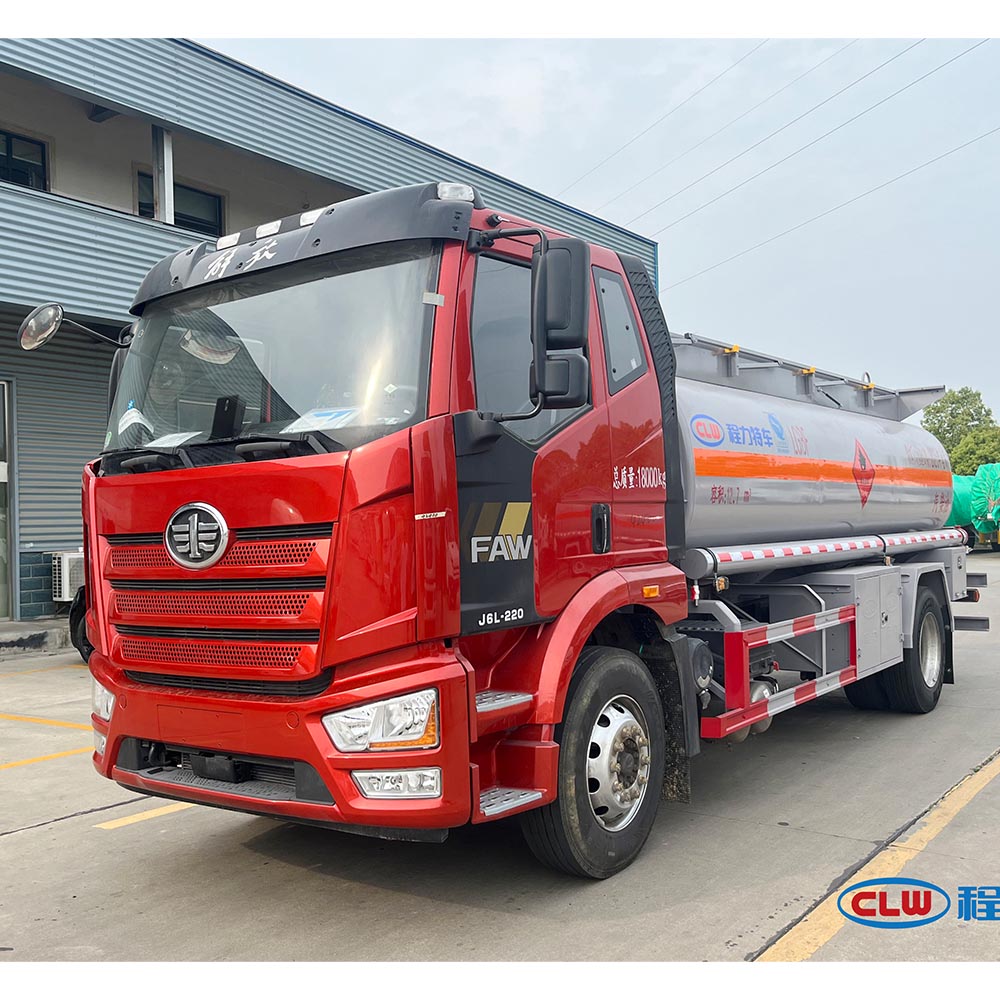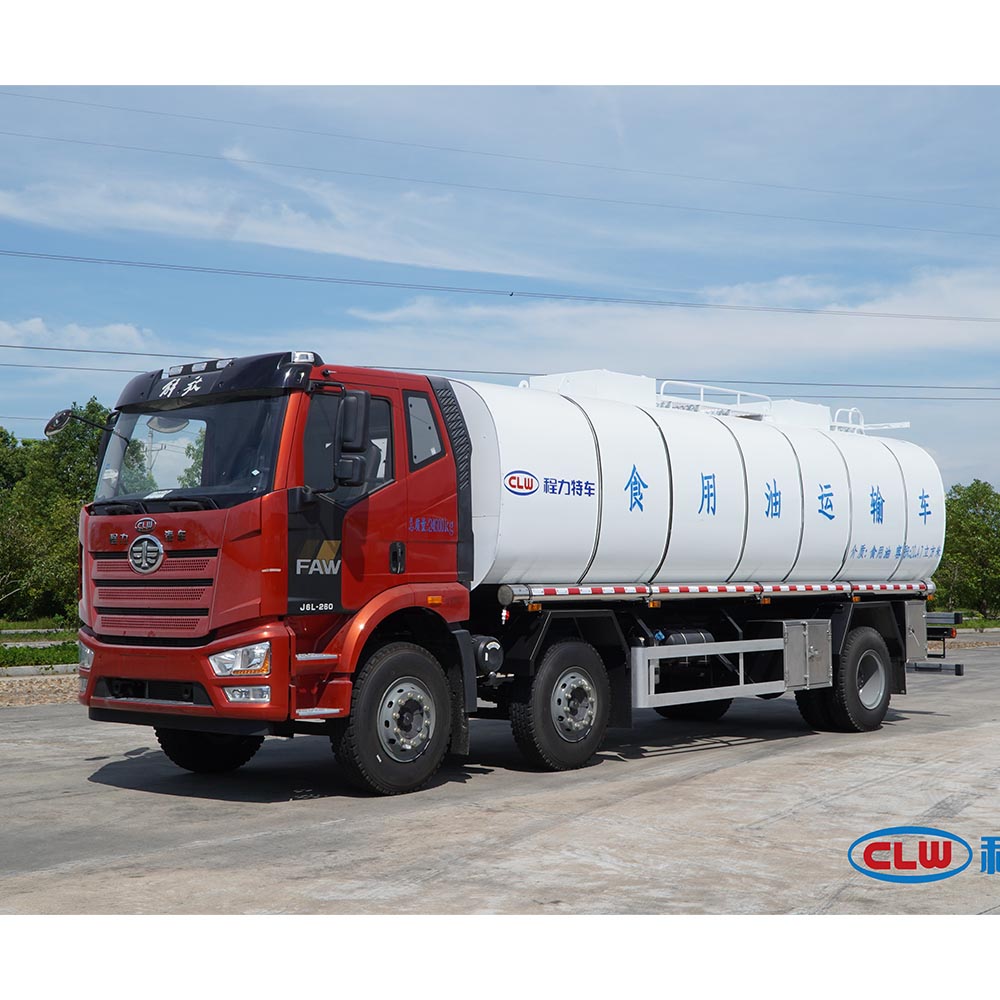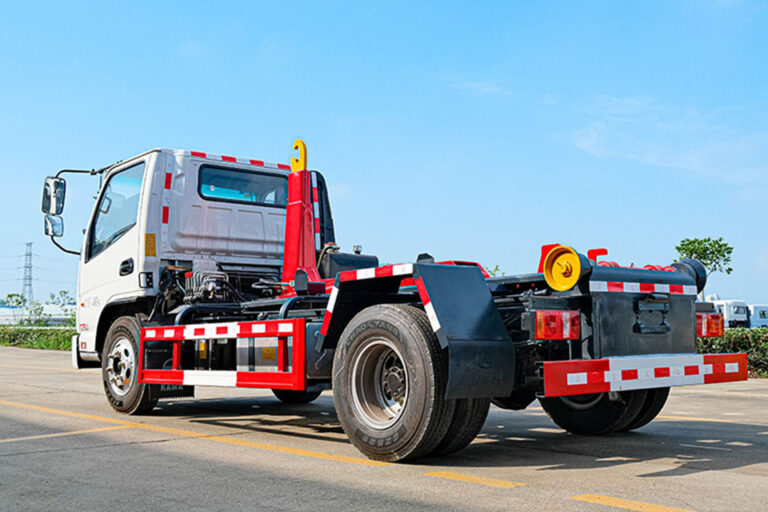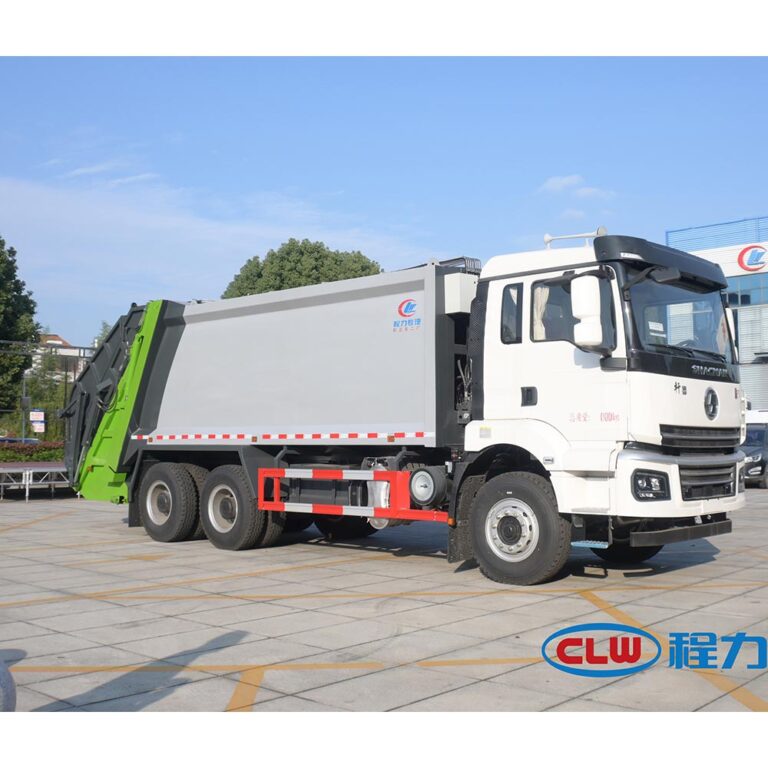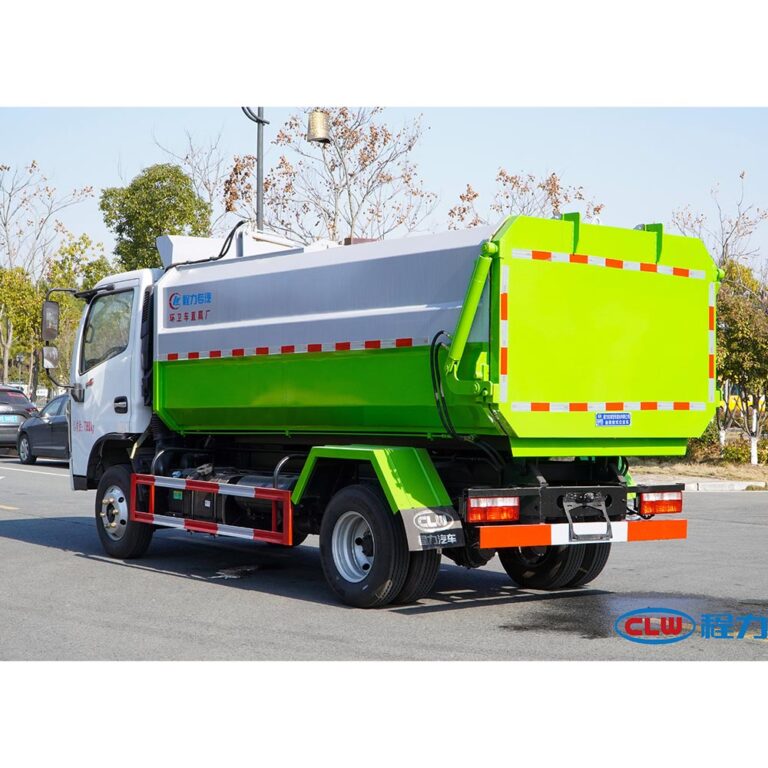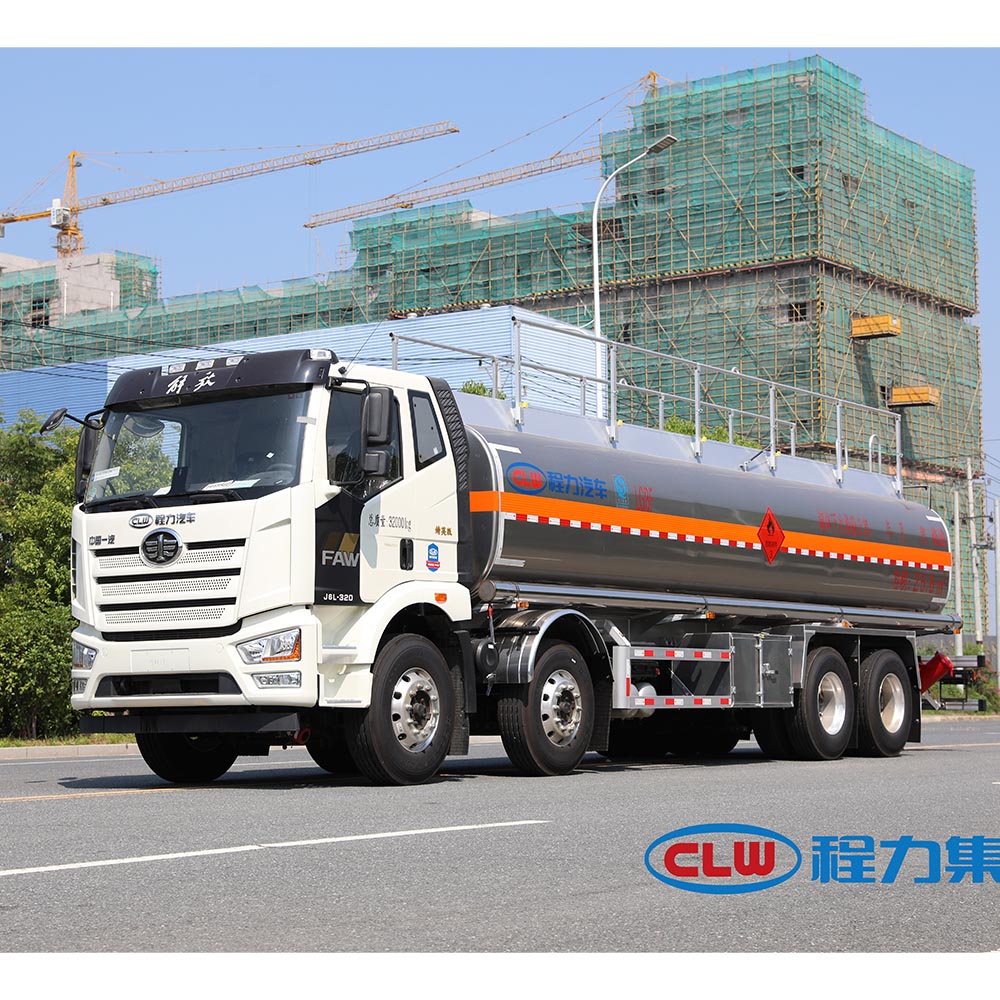
what are the special requirements for the application of tankers in different industries
Special Needs for Tankers in Different Industries (2025 Guide)
This is a guide for the year 2025. It will help you learn about tankers. Tankers are big trucks designed to transport crude oil. They carry liquids, including hazardous materials. Different industries use different tankers. Let’s learn more!
Table of Contents
One: Rules for Different Industries
1. Oil Tankers
- Oil tankers have special inspection protocols for hazardous materials are required. rules for the inspection of hazardous materials on ships.
- Some ships do not need to follow all the rules. This is true for ships that carry thick oil like asphalt.

- There is a rule to clean the oil with a special system. This is called COW. You can find details about the Carbon Steel Oil Tanker 12.7m³ designed to transport crude oil here..
2. Chemical Tankers
- Chemicals can be dangerous.
- There are rules to keep them safe.
- Some chemicals can be classified as hazardous materials for shipping. are very bad.
- The walls of the tanker must keep them apart.
- If you are interested in transporting edible oil look at the Edible Oil Transport Truck.
3. Gas Tankers
- Gas tankers have new rules, too.
- New gases like hydrogen need special tanks.

- Many ships will use two fuels by 2025. Explore safe transport options with the Flammable gas transport vehicle.
Two: New Tech for 2024-2025
1. Check-Up Time
- Ships need to be designed to transport cargo safely. check-ups.
- The rules for check-ups will change in 2024.
- New tools will check the tanker walls.
- These tools use AI.
2. Smart Tools
- There are new computer programs.
- These programs help ships use diesel more efficiently to reduce pollution. less fuel.
- They also make reports for the rules.
- See how this truck is built for heavy loads, Fracturing Sand Tank Truck 31,000 KG Capacity.
Three: Solving Problems
1. Oil Problems
- Old tankers only had one layer. That’s not the safest option.
- Now regulations want two layers. This called double hull.
- The AI helps pick the best way to go.
- Many ships are also switching to Electric power.
- Check out the Pure Electric Garbage Truck.
2. Chemical Problems
- New coatings can hold many chemicals.
- There is a program to check if you follow the rules.
3. New Energy Problems
- Hydrogen tanks need two walls.
- The space between is empty.

- There are plans for what to do if gas leaks.
Four: Looking Ahead to 2025
1. New Tech
- AI will help find problems before they happen.
- Computers will check the whole ship.
2. New Ways to Work
- People may share ships that use hydrogen.
- Groups may buy ships together for cold places.
Table of Tanker Needs
| What is it for? | What is Needed? | Example or Number | Where to Find It | Why is it Important? |
|---|---|---|---|---|
| Oil | How much money per day? | $51,600 for a big ship (VLCC) | High costs make people want ships that use less fuel | |
| How many new ships? | 43 new ships in 2025 | Not many new ships, so old ones must last longer | ||
| Chemicals | How fast is it growing? | Up 4.5% each year | More use of special materials like steel for the tanks to prevent corrosion. | |
| Will ships need to change | Yes, most ships will have to update 2025 | New programs can help ships that move many chemicals | ||
| LNG | How much to change a ship? | $28 million to make a hydrogen ship to reduce pollution. | The number of pats for good tank designs up 45%. | |
| All | What kind of fuel? | Most people want to use ammonia | Most ships will use two fuels, including diesel, by 2025. | |
| Will prices change? | Yes, going through some areas will cost more. | Apps will use AI to plan routes and handle Fuel Management | ||
| How many ships designed to transport cargo are old? | One in three will be over 20 years old by 2025 | Paying to follow the rules The cost for old ships to comply with pollution regulations will be more. |
Key Points
- Regulations want ships to be green and efficient.
- Special coatings for chemical tanks will be worth a lot of money.
- Computer programs Inspection can help ships from getting stuck at ports due to hazardous materials.
Here is a picture of a great tanker designed to transport hazardous materials: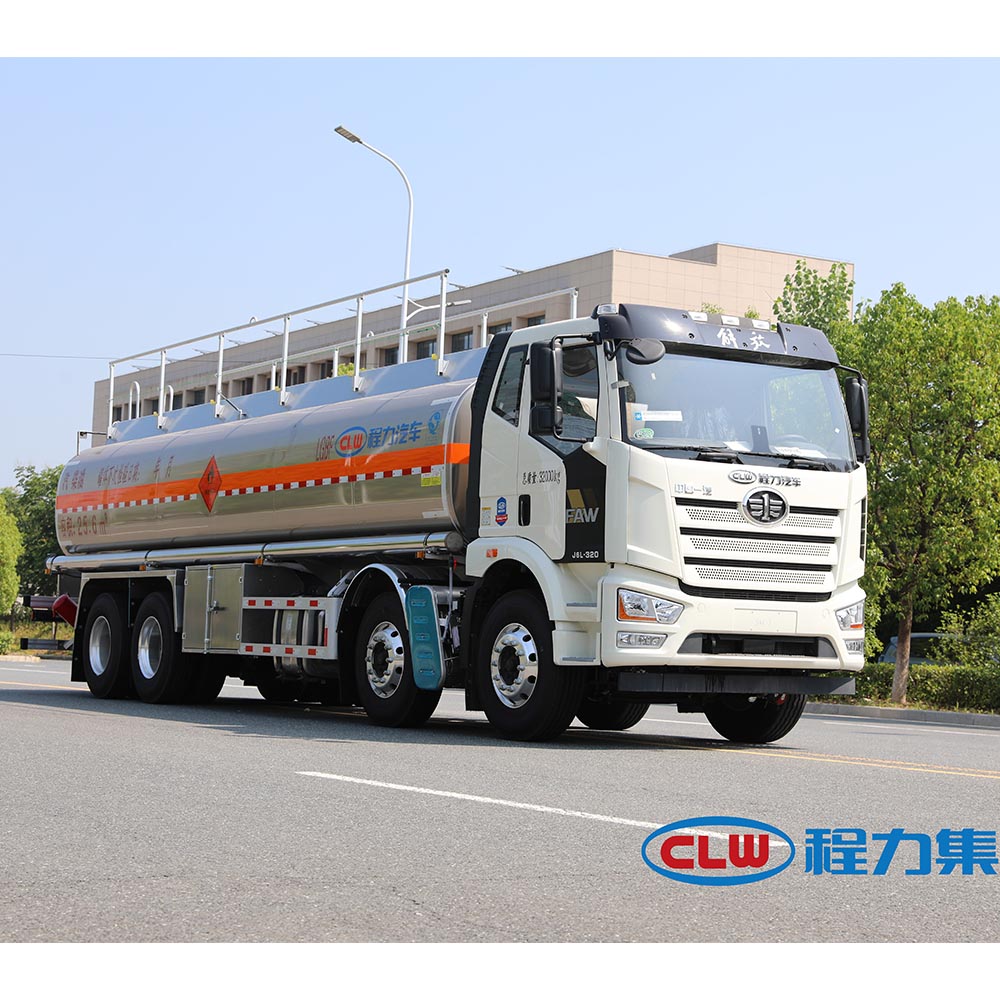
This truck is like the tankers we talk about. It shows how big and strong they are.
Learn about this strong truck: Aluminum Alloy Oil Tanker – 320HP, 26m³ Capacity.
Here is another helpful link: High-Capacity Carbon Steel Refueling Truck-This information will help you understand this specific Oil Tanker.

